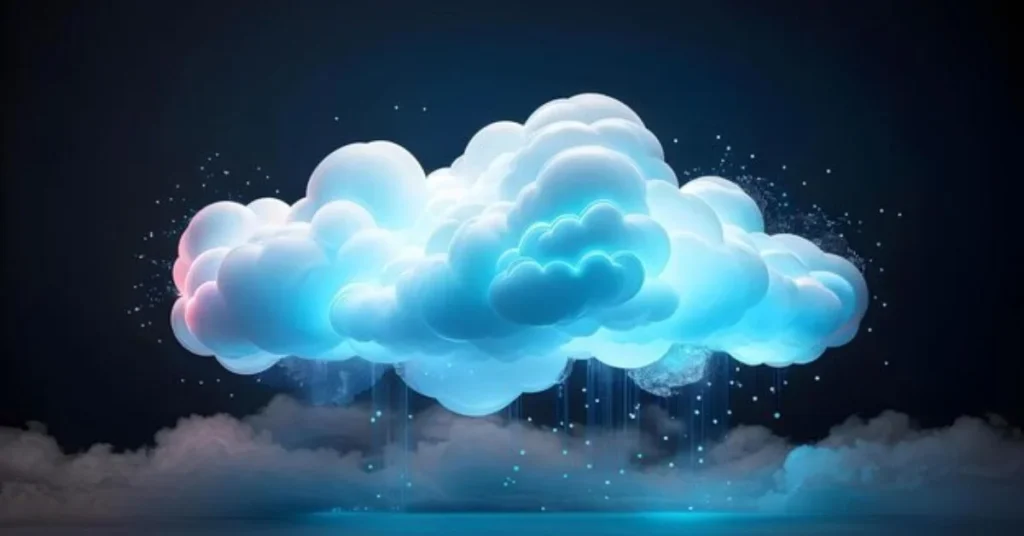Patent US1338343A, granted on April 27, 1920, marks a significant innovation in the early 20th century’s technological landscape. Invented by engineers Paul Weiss and Jules Verdier from France, this patent outlines a process and apparatus for creating intense artificial clouds, fogs, or mists. The invention combines scientific ingenuity with practical application, leading to potential uses in various sectors.
What is US1338343A?
It is a patent that details a method and device for producing dense artificial clouds or fogs through the atomization of specific chemical compounds in an ammoniacal (ammonia-rich) atmosphere. The core components of the process include anhydrous chloride—such as titanium chloride or stannic chloride—and ammoniacal gas, which, when combined under controlled conditions, produce thick, opaque clouds. This method was primarily developed for applications that required the rapid creation of artificial fog, such as in scientific experiments, theatrical productions, or potentially military uses.
Key Components of the Invention
Anhydrous Chloride Atomization
At the heart of this invention is the atomization of anhydrous chlorides. These chemical compounds are released into a controlled environment where they interact with moist air containing ammonia. This reaction results in the formation of dense clouds or fog, which can be regulated by adjusting the quantities of the gases and chemicals involved.
Ammoniacal Atmosphere
The process relies heavily on creating a moist, ammoniacal atmosphere. The presence of ammonia gas increases the intensity and density of the fog, allowing for more substantial cloud formation. According to the patent, the introduction of hydrochloric acid gas or sulfurous anhydride can further enhance the fog’s opacity, making it even thicker.
Apparatus Design
The apparatus described in the patent consists of steel flasks containing the chemical compounds and ammoniacal gas under pressure. Through a siphon system, the chlorides are atomized at the top of a chimney, while ammoniacal gas is injected at the bottom, creating a powerful flow of air that disperses the fog.
Historical Context of US1338343A
Issued during the early 20th century, US1338343A reflects the growing interest in weather manipulation and atmospheric control. Though primarily experimental, this patent paved the way for later innovations in the fields of climate science, meteorology, and even theatrical effects. The ability to produce dense artificial fog had potential applications in various sectors, from entertainment to military operations. For example, such technology could be used to obscure visibility during tactical operations or to create atmospheric effects for films and live performances.
Applications and Practical Uses
The patent’s description outlines several potential applications for this technology:
Theatrical and Special Effects
In the entertainment industry, the production of artificial fog is crucial for creating atmospheric effects in plays, movies, and events. The techniques outlined in this patent can be seen as an early forerunner to the fog machines used in modern productions.
Military Use
Although not explicitly stated in the patent, such dense fog could potentially be used for military purposes. By creating thick clouds, military units could obscure their movements or disrupt enemy visibility during operations.
Scientific Research and Experiments
The ability to control cloud and fog production also had scientific implications, particularly in atmospheric research. Scientists could use the invention to simulate specific weather conditions or study the behavior of different gases in controlled environments.
Technological Advancements
US1338343A represents a significant technological advancement in the field of artificial weather creation. By refining earlier methods of cloud and fog production, Weiss and Verdier introduced a more reliable and efficient system for generating atmospheric effects. Their use of ammoniacal gas to enhance fog intensity was particularly innovative, showing how chemical reactions could be harnessed for practical applications.
Challenges and Limitations
Despite its innovations, the process described in US1338343A faced certain challenges:
Chemical Handling
The use of chemicals like titanium chloride, stannic chloride, and ammonia presented risks in handling and storage. Without modern safety standards, working with such materials could be hazardous.
Limited Scalability
While the apparatus could produce dense fog in specific, controlled environments, scaling up the system for larger applications, such as outdoor weather modification, would have been difficult with the technology available at the time.
Niche Applications
The invention had limited practical use in the early 20th century, and its relevance was likely confined to specialized sectors. Although innovative, the patent’s full potential may not have been realized in broader industrial or commercial settings.
The Legacy of US1338343A
US1338343A contributed to the broader history of weather control and atmospheric manipulation technologies. Although the technology described in the patent may seem rudimentary by today’s standards, it laid the groundwork for further experimentation in fog and cloud production. Its applications in entertainment, science, and possibly even military contexts demonstrate its versatility, while its innovative approach to using chemical reactions in weather manipulation helped pave the way for more advanced technologies.
Summary
Patent US1338343A, granted in 1920, remains a fascinating example of early 20th-century engineering innovation. By combining chemical processes with practical apparatus design, this invention provided a new way to create artificial clouds and fogs, with potential uses spanning multiple industries. Though its practical applications may have been limited by the technology of the time, its influence on the development of weather modification techniques and atmospheric effects cannot be overlooked.



